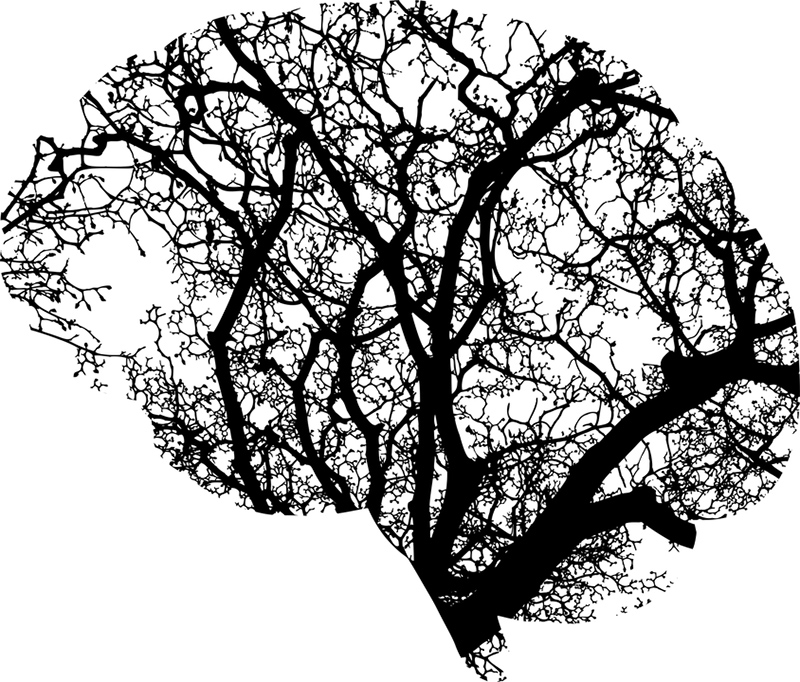Your brain is playdough
The word neuroplasticity sounds like your brain on playdough. In a sense, it is. Neuroscience has documented how our brains are constantly changing and responding to our environments and lived experiences, changing both anatomically and physiologically. The mantra “neurons that fire together, wire together” has been used in educational and neuroscience circles since the 1990s but how does this relate to mindbody techniques such as meditation, visualizations, and affirmations in the context of general health?
Conscious of it or not, we are constantly sending messages to ourselves, to our bodies. This internal dialogue may be related to physical sensations, feeling, moods, addictions, or ways of being in the world. The things we say to ourselves may be loving and self-affirming; or, they may be critical and hurtful.
“Your beliefs become your thoughts.
Your thoughts become your words.
Your words become your actions.
Your actions become your habits.
Your habits become your values.
Your values become your destiny.”
– Mahatma Gandhi
On average, we have 60,000 thoughts a day. Sometimes, we don’t notice them at all. But sometimes, when everything is quiet and we are truly being with ourselves, we may begin to eavesdrop on the conversation. It may happen when you’re lying in bed trying to fall asleep or when you try to meditate or do a breathing exercise or while you’re staring at your computer screen. Listen. What are you saying to yourself? What if you don’t like what you’re saying? And how can you change the content of the message?
Imagine your brain is like a forest. You could potentially make a walking path anywhere, but ahead of you is the road most often followed. The ground on this path is smooth and compacted, the brush has been cleared. It’s easy to walk on, especially since you’ve walked it hundreds of thousands of times before. You walk on it automatically, unconscious of the decision to move in its direction rather than go, or be, another way.
If you want to change a belief or a habit or a physical sensation or negative self-talk, you must create a new path. You need to take a road less travelled. You’ll need a machete to clear away the brush and branches. You’ll probably get scratched by spiky plants and twigs along the way. It will be hard. You may ask yourself “Why bother? There’s a perfectly good path just over there.” It’s easy to slip back into old ways of being.
That’s why most of all, it’s absolutely necessary to walk on this new path over and over and over again until the ground is smooth and compacted, until the old path has for grown over and the forest has reclaimed that space with a density of plants. Now the easy path is the one you created, consciously and with a healing intent.
Our brains (and the rest of us too!) are a lot like forest paths. We are not “hard-wired”. Neural pathways and synaptic networks can reorganize themselves into new configurations, rearranging cortical maps. This concept, termed neuroplasticity, has been successfully applied in the treatment of brain injury, learning difficulties, sensory prostheses, and chronic pain.
If we can change cortical maps, we can change how we feel and behave emotionally, physically and spiritually. Research into neuroplasticity helps us to understand how tools like meditation, visualization, and affirmations work to change our ways of being in the world. By practicing, practicing, and practicing, we can create or modify the connections between all parts of ourselves, rewriting our conscious, and non-conscious, stories. Much like the Louise Hay book title, neuroplasticity explains how “you can heal your life.”




